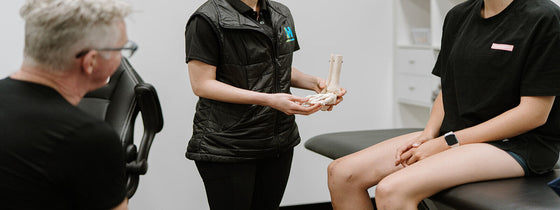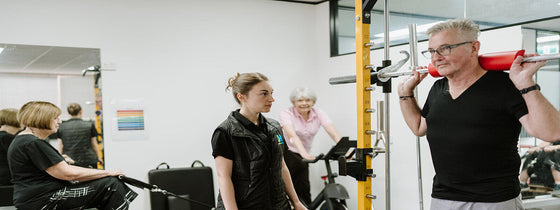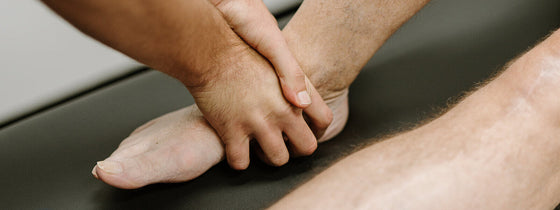
June 02, 2023
What is Bronchiectasis you may ask (apart from being a very long and hard to pronounce word!)...?
Well let me tell you, it is in fact a chronic chest condition, classified as abnormal widening of the bronchial airways and consequently an increased risk of infection within this space. Its symptoms present as a persistent cough with an overproduction of mucus and difficulty with removal.
How can a Physio help with this might be your next question as don’t Physio’s predominately treat musculoskeletal conditions? Well, fortunately, in terms of airway function and chest clearance there is a lot Physio’s can do to help patients with Bronchiectasis. Commonly used treatment techniques such as Active Cycle Breathing (ACBTs), postural drainage including manual therapy vibrations and percussions, Positive Expiratory Pressure (PEP) and exercise management have all been proven to help manage this condition.
These treatment techniques aim to assist with mucus clearance, either by loosing it within the chest walls or through specific breathing against resistance. Additionally, exercise helps improve aerobic capacity and endurance which promotes less fatigue and less shortness of breath as lung function improves. This enhancement in airway management, reduces the likelihood of flare ups and promotes a healthy and happier level of function.
All Physio’s here at OHL are educated and confident in helping patients with Bronchiectasis and only an appointment away from assisting you or someone you know!
Give us a call on 94315955 or book online now.

August 14, 2025
If you're experiencing back or neck pain with neurological signs and symptoms, a thorough neurological examination is crucial for accurate assessment and effective treatment. In this Optimal Tip learn more about what we mean by completing a neurological exam!

August 08, 2025
Squats, deadlifts, and calf raises are key movement patterns that should be part of every strength and conditioning program—regardless of age and activity level. These functional movements support joint health, improve posture and balance, and reduce the risk of injury while building strength where it matters most.

August 04, 2025
A ganglion cyst is a fluid-filled swelling that typically forms over a joint or tendon sheath, causing discomfort and pain, especially when pressing against nerves or joints. Proper assessment and treatment, including physiotherapy, are essential for managing symptoms and improving function in the presence of a ganglion in your hand, foot, or wrist.
